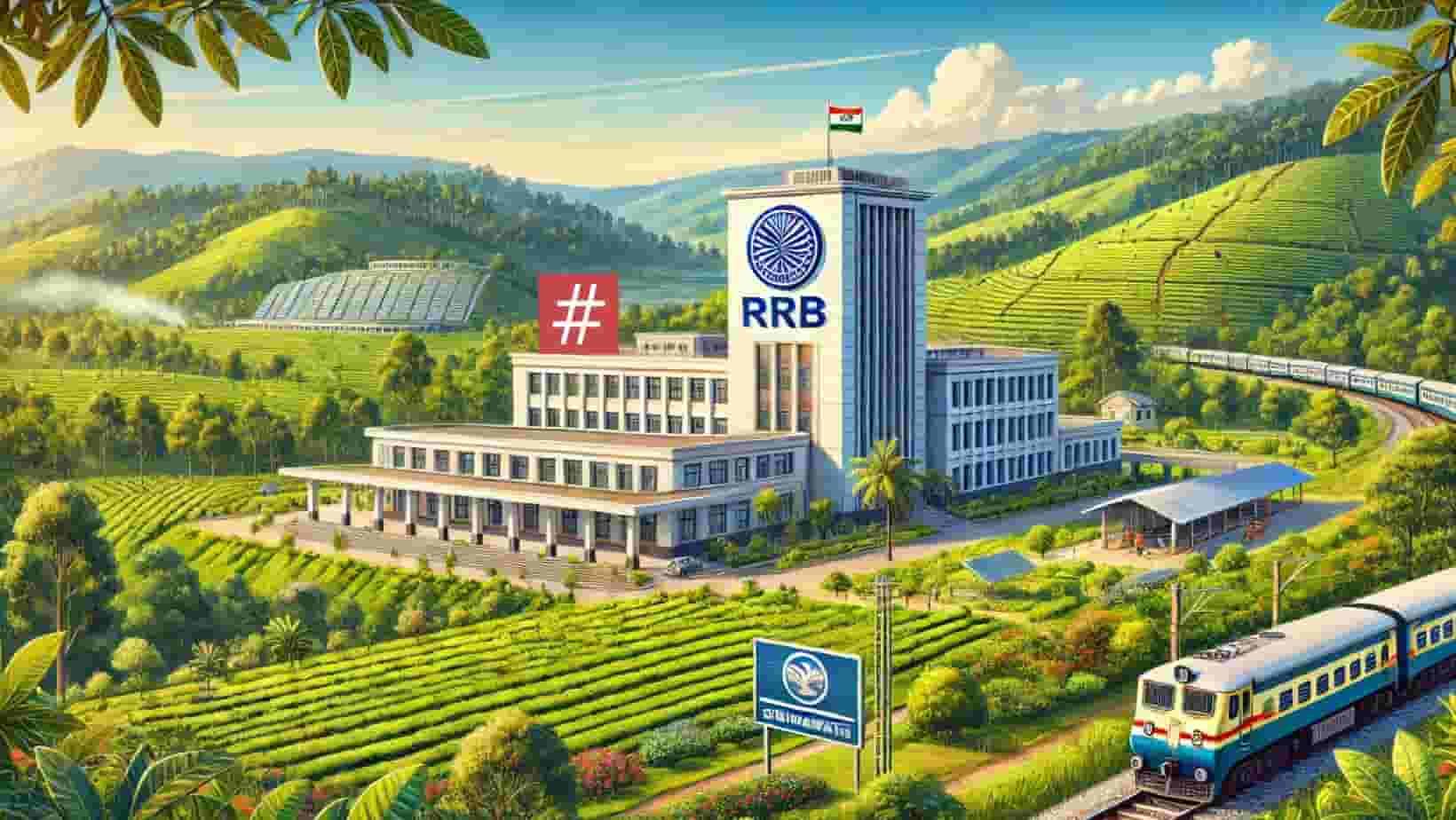Silo SEO Explained: Is It the Best Option for Your Website Architecture or something else?

Search engine optimization (SEO) strategies evolve constantly, with some methods becoming outdated and others gaining prominence. One such method, Silo SEO, has long been recommended as a way to structure websites for better search engine rankings. But is it still effective? And are there better options today? In this comprehensive guide, we’ll dive deep into the concept of Silo SEO, discuss its limitations, and explore modern alternatives that can help your website thrive in today’s SEO landscape.
What Is Silo SEO?
Silo SEO refers to organizing a website’s content into distinct sections (silos) based on topics or themes. These silos help search engine crawlers easily understand the content structure, improving a website's ability to rank for specific keywords. The silo structure aims to group related content together while keeping each silo isolated from the others.
For example, consider a gardening website with the following silos:
- Sowing Seeds
- Plant Care
- Gardening Equipment
Content about seeds, such as articles on the best seeds to sow during various seasons, would fall under the “Sowing Seeds” silo. Each article in this silo would link internally to other related content within the same silo.
While siloing can help a website’s organization, it often prevents linking between topics in different silos, even when there is relevant overlap.
Also Read : Topic Clusters for SEO: Boost Rankings & Traffic Effectively
How Silo SEO Works
In silo SEO, the content within each silo is interlinked to help search engine crawlers discover and index new pages. Internal linking in a silo structure reinforces the content’s relevance, authority, and topical focus. However, silo SEO restricts interlinking between silos, limiting the potential to cross-promote content that might provide value to users.
For instance, an article about organic gardening in one silo might not be able to link to a post about seasonal planting in another silo, even though both articles could be highly relevant to the same visitor.
The Benefits of Silo SEO
Despite its limitations, Silo SEO has several perceived benefits that website owners may find attractive:
-
Simplified Site Structure
A silo structure is easy to understand and implement, making it an attractive option for those new to SEO or wanting a straightforward approach to organizing their site. -
Improved Site Crawlability
By organizing content into logical silos, search engine crawlers can more easily discover and index your website’s pages. -
Better User Navigation
The silo structure improves user experience by offering a clean, hierarchical navigation system that makes it easy for visitors to find related content. -
Increased Topical Authority
By grouping content on similar topics, a silo structure helps establish authority in a specific niche. This approach allows you to build trust and credibility with both search engines and users.
The Drawbacks of Silo SEO
While silo SEO can be effective in some scenarios, it also has significant drawbacks that need consideration:
-
Limited Cross-Linking Opportunities
The most obvious limitation is the restriction on cross-linking between silos. Relevant content in separate silos cannot link to each other, potentially resulting in missed opportunities for SEO and user engagement. -
Risk of Orphan Pages
Pages that don’t fit neatly into a silo or that lack sufficient internal links may become orphaned, meaning they won’t be easily discovered by crawlers or visitors. -
Artifice and Restriction
Some SEO experts argue that siloing content too rigidly creates an artificial structure that doesn't always make sense from a human or user perspective. Today, search engines are increasingly focused on user intent and natural, logical linking. -
Competing with Rivals
Without proper interlinking, visitors may leave your site to find related content on a competitor’s website, hurting potential leads and conversions.
The Evolution of SEO: Topic Clusters as an Alternative
A modern and more flexible alternative to Silo SEO is the use of Topic Clusters. In a topic cluster model, content is organized around a central pillar page that covers a broad topic. This pillar page serves as a hub, and related content (cluster pages) links back to the pillar page, forming a web of interlinked content.
Topic Clusters vs. Silo SEO: Key Differences
-
Interlinking Between Topics: Unlike silo SEO, which restricts linking between silos, topic clusters allow interlinking between related content. This enhances both the user experience and SEO performance.
-
Hierarchy and Context: While silo SEO maintains a strict hierarchy, topic clusters offer flexibility by connecting different clusters under broader, overarching topics. This enables more natural navigation and allows search engines to better understand your content.
-
Improved Internal Linking: The interlinking in a topic cluster is more natural and beneficial for SEO, as it helps visitors discover relevant content without the restrictions that come with siloing.
How to Optimize Site Architecture with Topic Clusters
To leverage topic clusters effectively, follow these steps:
-
Create Organized Content Pillars
Start by identifying your site’s most important topics. These become your pillar pages. For example, a digital marketing website might have pillar pages on SEO, content marketing, and paid advertising. Each pillar page should cover the topic broadly, linking to more specific cluster pages. -
Interlink Cluster Pages
Cluster pages are sub-topics related to the pillar page. Each of these cluster pages should link back to the pillar page, as well as to other related cluster pages. For instance, an SEO pillar page might link to cluster pages on keyword research, link building, and on-page SEO. -
Utilize Subdirectories for SEO-Friendly URLs
Instead of using subdomains, organize content within subdirectories (e.g.,www.yourwebsite.com/seo/keyword-research). This structure helps search engines understand the relationship between your pages and improve visibility. -
Ensure Strong Internal Linking
Interlinking is key to boosting your SEO. Make sure every piece of content links to other relevant pages within your site. This keeps users engaged longer and signals to search engines which pages are most important.
Internal Linking: The Secret to SEO Success
Internal linking is an often-overlooked but essential part of SEO. By linking related pages to one another, you create a clear content hierarchy and improve site crawlability. Google’s John Mueller has stated that internal linking is crucial because it allows search engines to better understand the relationships between pages on your site.
The Role of Content Hierarchy in SEO
Your website’s content hierarchy plays a significant role in its search engine performance. Whether you use a silo structure or topic clusters, the key is to create a clear, logical hierarchy that helps both users and search engines navigate your content.
Use internal links to guide visitors to related content, ensuring they don’t leave your site to find what they need elsewhere.
Optimizing Content with E-E-A-T Principles
E-E-A-T (Experience, Expertise, Authoritativeness, and Trustworthiness) is an essential framework for creating high-quality content that Google can trust.
- Experience: Share firsthand knowledge or insights.
- Expertise: Demonstrate deep knowledge of your subject matter.
- Authoritativeness: Position your website as a trusted resource.
- Trustworthiness: Build credibility through transparent content and clear credentials.
Embrace the Future of SEO
While Silo SEO was once a go-to strategy for organizing content, modern SEO best practices now favor topic clusters and natural, user-focused internal linking. By adopting this more flexible approach, you’ll improve your website’s structure, enhance user experience, and boost your rankings on search engines.
Featured FAQs:
What is Silo SEO?
Silo SEO is a website architecture strategy that groups content by topic into isolated sections called silos. It helps organize content and improves search engine crawling but limits internal linking between different silos.
Why is Silo SEO not recommended anymore?
Silo SEO can restrict cross-linking between relevant content in different silos, leading to missed opportunities for SEO and user engagement. It can also result in orphan pages and artificial content structure that search engines no longer prioritize.
What are Topic Clusters?
Topic clusters are a modern alternative to silo SEO. They involve organizing content around a central pillar page, with related cluster pages linking back to the pillar page. This approach allows for more natural interlinking and better content discovery.
How do I optimize my website using Topic Clusters?
To optimize your website with topic clusters, create pillar pages for broad topics, link them to related cluster pages, and use internal linking to guide visitors between relevant content. Avoid siloing content, and focus on creating a user-friendly, interconnected site structure.
Which is better: Silo SEO or Topic Clusters?
Topic clusters are generally preferred over silo SEO because they allow for more flexibility in interlinking, enhancing both user experience and SEO performance. Topic clusters help establish a clear content hierarchy while maintaining natural links between related topics.








